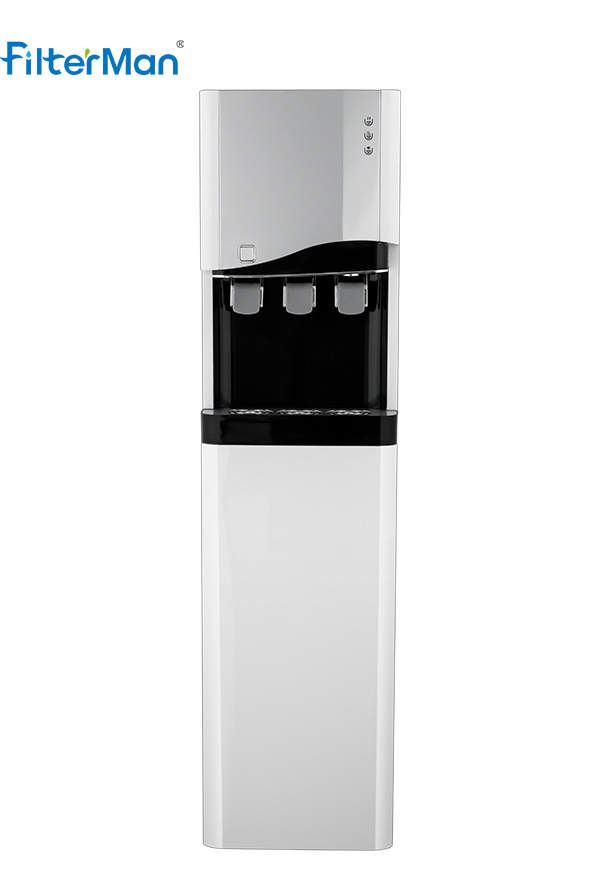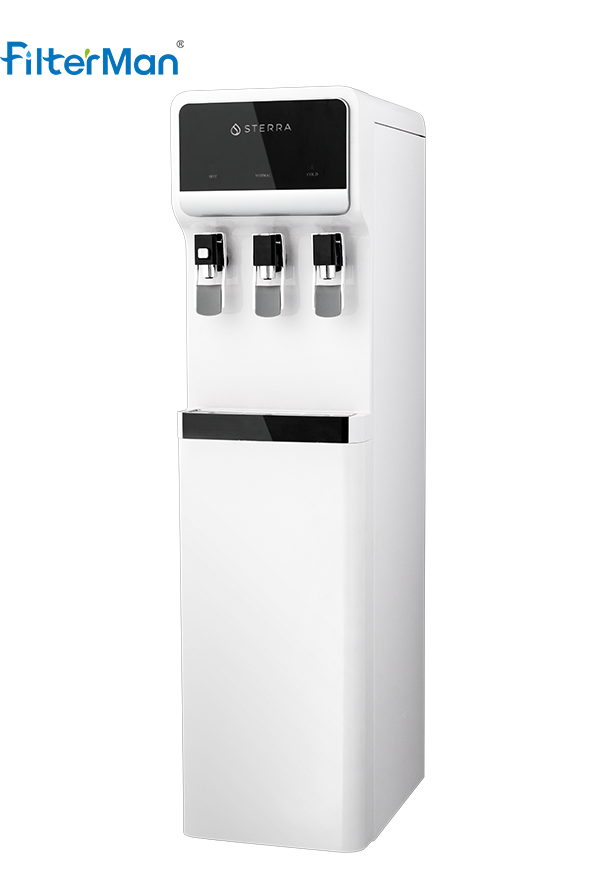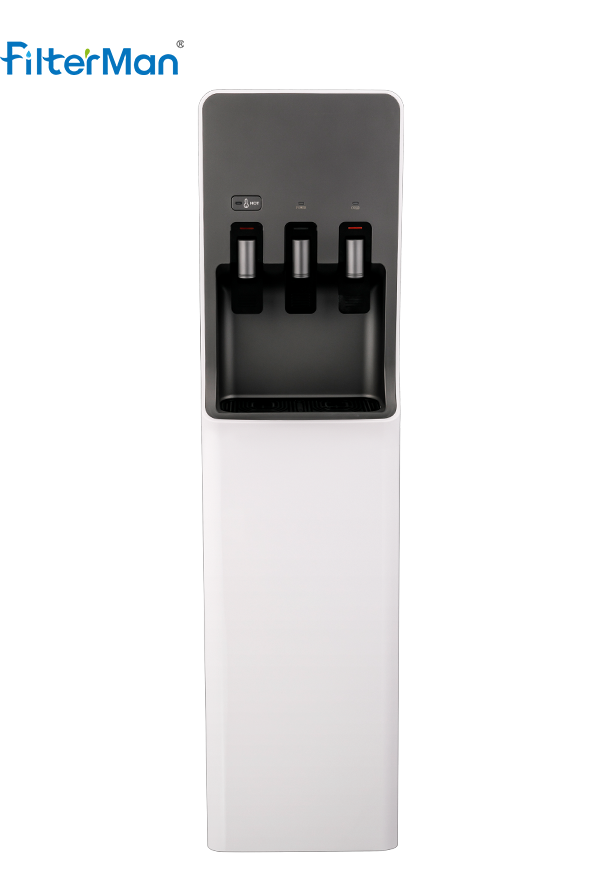People drink bottled water because the water quality is pure and good for health. However, if the water supply link of the water dispenser is not thoroughly disinfected, it will also lead to secondary pollution of the water quality. Even with professionals equipped by some manufacturers, the disinfection process is not necessarily fully qualified.
Specifically, water dispenser disinfection should be divided into the following steps:
1. Unplug the power plug, remove the bucket, open the sewage pipe behind the water dispenser, and drain the remaining water, because the remaining water in the sewage pipe is the key to the secondary pollution of the water dispenser. Then, open all drinking water switches and discharge water.
 Reverse Osmosis Water Filter Dispenser W6202-3F
Reverse Osmosis Water Filter Dispenser W6202-3F
 Reverse Osmosis Water Filter Dispenser W6202-3F
Reverse Osmosis Water Filter Dispenser W6202-3F2. Hold the alcohol cotton with tweezers and carefully scrub the inner tank of the water dispenser. Because the water dispenser liner is in direct contact with the air, it is easy to accumulate bacteria. Scrubbing with alcohol can remove the dirt on it and prepare for the next step of disinfection.
3. Dissolve 300 ml of disinfectant into about 2 liters of water, then fill the entire inner tank of the water dispenser, and place it for 10-15 minutes.
4. Turn on all the switches of the water dispenser, including the sewage pipe and drinking water switch, and drain the disinfectant.
5. Rinse the entire cavity of the water dispenser continuously with 7-8 liters of clean water, and turn on all the switches to drain the flushing liquid. For some people, it is not enough to rinse with only 1 liter of water, which will cause the disinfectant to remain in the water dispenser.
6. Wipe the back wall of the switch with alcohol cotton. When using a cup to hold water, it is easy to touch the back wall of the switch of the water dispenser, so you can't just wipe it with a rag.
After the water dispenser is disinfected, there may still be a small amount of disinfectant residue, which cannot be drunk immediately. You should put a glass of water first and smell for chlorine. If there is, you should put more water until you can't smell the smell of chlorine before you can drink it with confidence.

 English
English 简体中文
简体中文
 English
English










